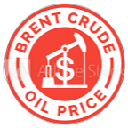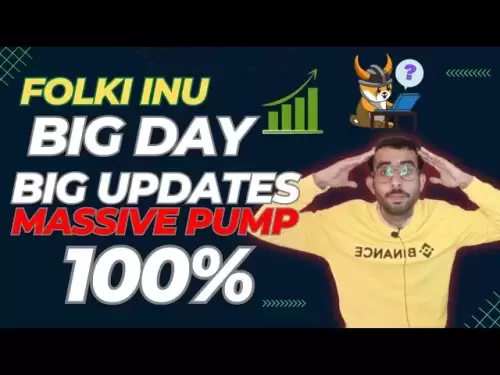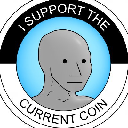-
 Bitcoin
Bitcoin $105,278.9859
4.61% -
 Ethereum
Ethereum $2,414.7741
8.20% -
 Tether USDt
Tether USDt $1.0007
0.05% -
 XRP
XRP $2.1600
7.53% -
 BNB
BNB $639.5433
3.75% -
 Solana
Solana $144.3830
9.37% -
 USDC
USDC $1.0001
0.02% -
 TRON
TRON $0.2742
3.84% -
 Dogecoin
Dogecoin $0.1640
8.57% -
 Cardano
Cardano $0.5811
7.49% -
 Hyperliquid
Hyperliquid $37.2466
5.28% -
 Sui
Sui $2.8243
14.84% -
 Bitcoin Cash
Bitcoin Cash $460.8816
2.22% -
 Chainlink
Chainlink $12.9580
11.75% -
 UNUS SED LEO
UNUS SED LEO $9.1359
1.23% -
 Avalanche
Avalanche $18.2302
10.30% -
 Stellar
Stellar $0.2463
7.80% -
 Toncoin
Toncoin $2.9151
7.18% -
 Shiba Inu
Shiba Inu $0.0...01163
9.79% -
 Hedera
Hedera $0.1532
14.01% -
 Litecoin
Litecoin $85.3310
6.29% -
 Monero
Monero $308.8215
2.90% -
 Ethena USDe
Ethena USDe $1.0007
0.03% -
 Polkadot
Polkadot $3.4259
9.42% -
 Dai
Dai $1.0002
0.01% -
 Bitget Token
Bitget Token $4.1742
3.19% -
 Uniswap
Uniswap $6.8272
8.53% -
 Pepe
Pepe $0.0...09939
12.29% -
 Pi
Pi $0.5358
6.03% -
 Aave
Aave $257.3092
12.83%
How to avoid the problem of "excessive price slippage" encountered by Kraken exchange?
Minimize Kraken slippage by using limit orders, optimizing order sizes, and avoiding volatile markets; leverage Kraken's tools for market analysis and diverse trading strategies.
Mar 23, 2025 at 09:00 am
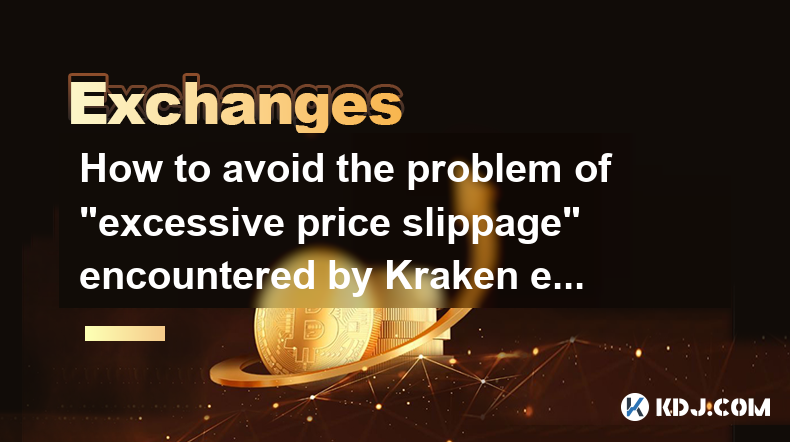
Key Points:
- Understanding Price Slippage on Kraken
- Minimizing Slippage Through Order Types
- Choosing Optimal Order Sizes
- Importance of Market Timing and Volatility Awareness
- Utilizing Trading Tools and Features on Kraken
- Diversifying Trading Strategies
How to Avoid the Problem of "Excessive Price Slippage" Encountered by Kraken Exchange?
Price slippage, the difference between the expected price and the actual execution price of a trade, is a common concern for cryptocurrency traders on all exchanges, including Kraken. Several factors contribute to slippage, and understanding these factors is crucial for minimizing its impact. This article explores effective strategies to mitigate excessive slippage when trading on Kraken.
Understanding Price Slippage on Kraken
Slippage primarily occurs due to market volatility and order book depth. High volatility means prices change rapidly, making it harder to execute trades at your desired price. Low order book depth (few buy or sell orders available at a specific price) also increases the chance of slippage, as your order might move the market price significantly. Large orders are particularly vulnerable.
Minimizing Slippage Through Order Types
Kraken offers various order types designed to manage slippage. Understanding and utilizing these is key.
- Market Orders: These execute immediately at the best available price, but are highly susceptible to slippage, especially during volatile periods. Avoid using them for large trades.
- Limit Orders: These allow you to specify a price at which you're willing to buy or sell. This helps control slippage but may result in your order not being filled if the price doesn't reach your specified level.
- Stop-Limit Orders: Combine the features of stop and limit orders, offering better control than a simple stop order by adding a price limit.
- Fill-or-Kill (FOK) Orders: These are executed entirely or not at all. Excellent for avoiding partial fills but risky if the market conditions aren't favorable.
Choosing Optimal Order Sizes
The size of your order directly impacts slippage. Large orders can significantly move the market price, leading to greater slippage. Breaking down large orders into smaller, more manageable ones helps mitigate this risk. This approach allows for better price execution across multiple trades. Consider your trading capital and the market liquidity before placing large orders.
Importance of Market Timing and Volatility Awareness
Market timing is crucial in minimizing slippage. Avoid trading during periods of extreme volatility or low liquidity. News events, major announcements, and weekends often exhibit higher volatility. Monitoring market depth and order book activity can provide insights into current liquidity.
Utilizing Trading Tools and Features on Kraken
Kraken offers advanced charting tools and indicators that can help predict market movements and volatility. Utilize these tools to improve your timing and reduce the likelihood of significant slippage. Familiarize yourself with Kraken's order book visualization to assess market depth and liquidity before executing trades.
Diversifying Trading Strategies
Don't rely solely on one trading strategy. Diversification extends to your trading approaches as well. Explore different order types, utilize various technical indicators, and consider different timeframes for your trades. This reduces reliance on a single approach susceptible to slippage.
Advanced Techniques for Minimizing Slippage
Algorithmic trading and the use of sophisticated trading bots can help minimize slippage by automatically executing trades at optimal times and prices. However, this requires technical expertise and carries its own risks.
Understanding the Order Book
The order book is a critical tool for assessing liquidity and potential slippage. Learning to interpret it allows you to anticipate price movements and make informed decisions about order size and type. Kraken's order book interface provides detailed information about buy and sell orders at various price levels.
The Role of Trading Fees
While not directly slippage, trading fees can indirectly influence your overall cost. High fees can exacerbate the impact of slippage, so comparing Kraken's fees with other exchanges is worthwhile.
Frequently Asked Questions:
Q: What is the average slippage on Kraken? There's no single average slippage percentage for Kraken. It depends heavily on the asset, order size, market conditions, and order type.
Q: How can I avoid slippage when trading large amounts? Break down your large orders into smaller orders executed over time. Use limit orders instead of market orders.
Q: Does Kraken offer any tools to help reduce slippage? Yes, Kraken provides various order types (limit, stop-limit, etc.), charting tools, and order book visualization to help you manage slippage.
Q: Is slippage always bad? Not necessarily. Small amounts of slippage are normal in active markets. Excessive slippage is what traders want to avoid.
Q: What is the difference between slippage and spread? Spread is the difference between the best bid and ask prices. Slippage is the difference between the expected execution price and the actual execution price. Spread contributes to slippage.
Disclaimer:info@kdj.com
The information provided is not trading advice. kdj.com does not assume any responsibility for any investments made based on the information provided in this article. Cryptocurrencies are highly volatile and it is highly recommended that you invest with caution after thorough research!
If you believe that the content used on this website infringes your copyright, please contact us immediately (info@kdj.com) and we will delete it promptly.
- Anthony Pompliano's ProCap: A Bitcoin Treasury SPAC Deal Redefining Finance
- 2025-06-24 12:25:13
- PEPE Coin vs. Ozak AI: Making a Long-Term Bet in the Meme Coin Frenzy
- 2025-06-24 12:25:13
- Ripple (XRP): Breakout Potential or Bust? Decoding the Latest Buzz
- 2025-06-24 12:45:13
- XRP, Ripple, Valuation: Decoding the Future Price
- 2025-06-24 12:45:13
- Midnight Airdrop: Claim Your Free NIGHT Tokens!
- 2025-06-24 13:25:13
- Midnight Airdrop: Grab Your Free NIGHT Tokens, Ya'll!
- 2025-06-24 13:07:11
Related knowledge
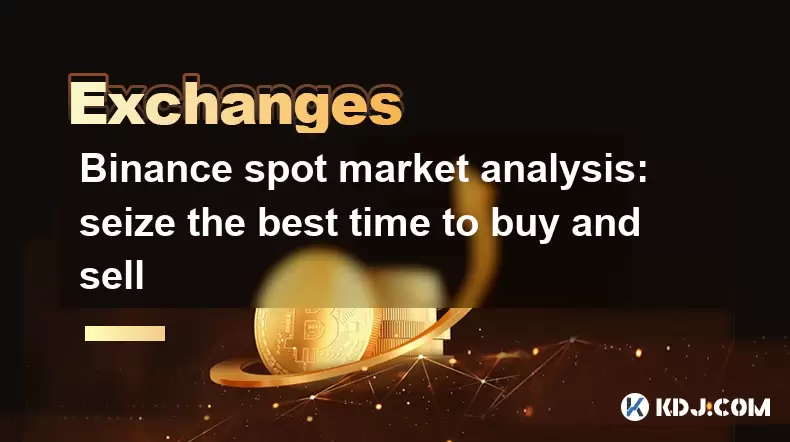
Binance spot market analysis: seize the best time to buy and sell
Jun 19,2025 at 04:56pm
Understanding the Binance Spot MarketThe Binance spot market is one of the most popular platforms for cryptocurrency trading globally. It allows users to trade digital assets at current market prices, making it essential for traders aiming to buy low and sell high. Unlike futures or margin trading, spot trading involves direct ownership of the asset aft...
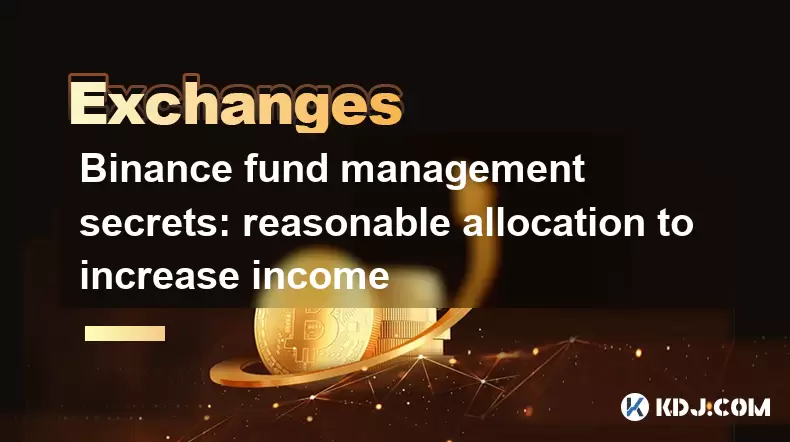
Binance fund management secrets: reasonable allocation to increase income
Jun 22,2025 at 02:29pm
Understanding Binance Fund ManagementBinance fund management involves strategic allocation of your cryptocurrency assets to optimize returns while managing risk. The key to successful fund management lies in understanding how different investment options on the Binance platform can be utilized to create a diversified portfolio. This includes spot tradin...
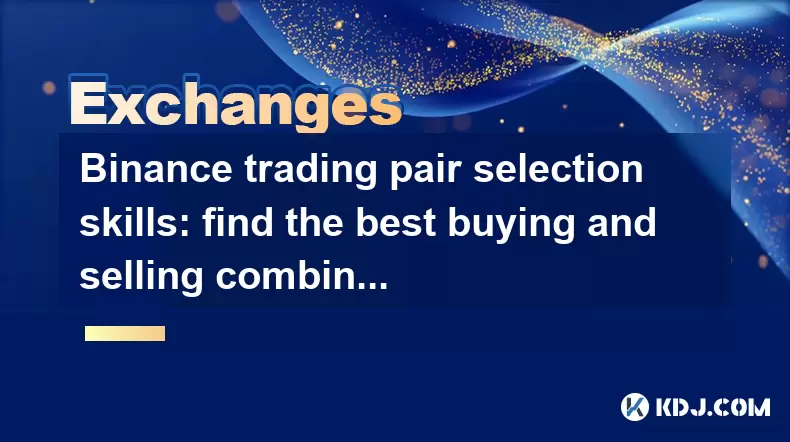
Binance trading pair selection skills: find the best buying and selling combination
Jun 23,2025 at 02:49am
Understanding the Basics of Trading Pairs on BinanceBefore diving into trading pair selection skills, it's essential to understand what a trading pair is. On Binance, a trading pair refers to two cryptocurrencies that can be traded against each other. For example, BTC/USDT means Bitcoin is being traded against Tether. Each trading pair has its own liqui...
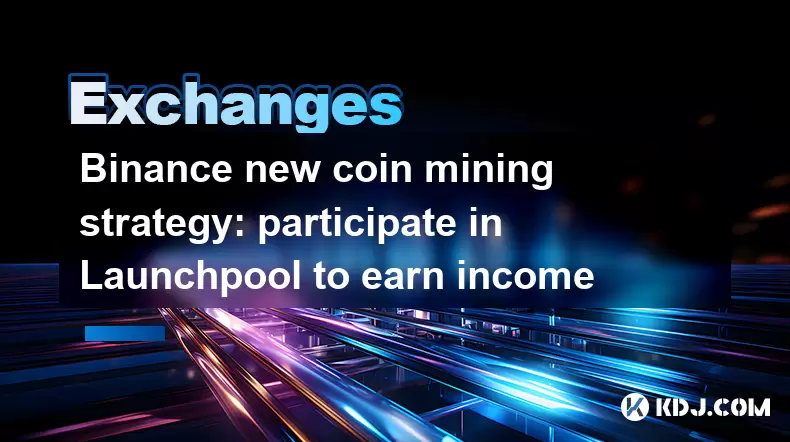
Binance new coin mining strategy: participate in Launchpool to earn income
Jun 23,2025 at 11:56am
What is Binance Launchpool and how does it work?Binance Launchpool is a feature introduced by the world’s largest cryptocurrency exchange, Binance, to allow users to earn new tokens through staking. This platform enables users to stake their existing cryptocurrencies (such as BNB, BUSD, or other supported assets) in exchange for newly launched tokens. T...

Binance financial management guide: ways to increase the value of idle assets
Jun 19,2025 at 11:22pm
Understanding Idle Assets in the Cryptocurrency SpaceIn the fast-paced world of cryptocurrency, idle assets refer to digital currencies that are not actively being used for trading, staking, or yield farming. Holding these funds in a wallet without utilizing them means missing out on potential growth opportunities. Binance, as one of the leading platfor...
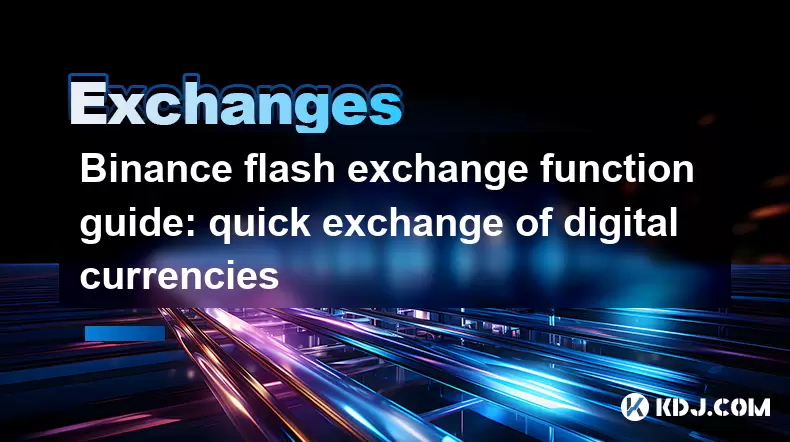
Binance flash exchange function guide: quick exchange of digital currencies
Jun 23,2025 at 12:29pm
What is the Binance Flash Exchange Function?The Binance Flash Exchange function is a powerful tool designed to allow users to instantly swap between supported cryptocurrencies without the need for placing traditional buy/sell orders. This feature simplifies the trading process by offering a direct exchange mechanism, eliminating the requirement to conve...

Binance spot market analysis: seize the best time to buy and sell
Jun 19,2025 at 04:56pm
Understanding the Binance Spot MarketThe Binance spot market is one of the most popular platforms for cryptocurrency trading globally. It allows users to trade digital assets at current market prices, making it essential for traders aiming to buy low and sell high. Unlike futures or margin trading, spot trading involves direct ownership of the asset aft...

Binance fund management secrets: reasonable allocation to increase income
Jun 22,2025 at 02:29pm
Understanding Binance Fund ManagementBinance fund management involves strategic allocation of your cryptocurrency assets to optimize returns while managing risk. The key to successful fund management lies in understanding how different investment options on the Binance platform can be utilized to create a diversified portfolio. This includes spot tradin...

Binance trading pair selection skills: find the best buying and selling combination
Jun 23,2025 at 02:49am
Understanding the Basics of Trading Pairs on BinanceBefore diving into trading pair selection skills, it's essential to understand what a trading pair is. On Binance, a trading pair refers to two cryptocurrencies that can be traded against each other. For example, BTC/USDT means Bitcoin is being traded against Tether. Each trading pair has its own liqui...

Binance new coin mining strategy: participate in Launchpool to earn income
Jun 23,2025 at 11:56am
What is Binance Launchpool and how does it work?Binance Launchpool is a feature introduced by the world’s largest cryptocurrency exchange, Binance, to allow users to earn new tokens through staking. This platform enables users to stake their existing cryptocurrencies (such as BNB, BUSD, or other supported assets) in exchange for newly launched tokens. T...

Binance financial management guide: ways to increase the value of idle assets
Jun 19,2025 at 11:22pm
Understanding Idle Assets in the Cryptocurrency SpaceIn the fast-paced world of cryptocurrency, idle assets refer to digital currencies that are not actively being used for trading, staking, or yield farming. Holding these funds in a wallet without utilizing them means missing out on potential growth opportunities. Binance, as one of the leading platfor...

Binance flash exchange function guide: quick exchange of digital currencies
Jun 23,2025 at 12:29pm
What is the Binance Flash Exchange Function?The Binance Flash Exchange function is a powerful tool designed to allow users to instantly swap between supported cryptocurrencies without the need for placing traditional buy/sell orders. This feature simplifies the trading process by offering a direct exchange mechanism, eliminating the requirement to conve...
See all articles

















